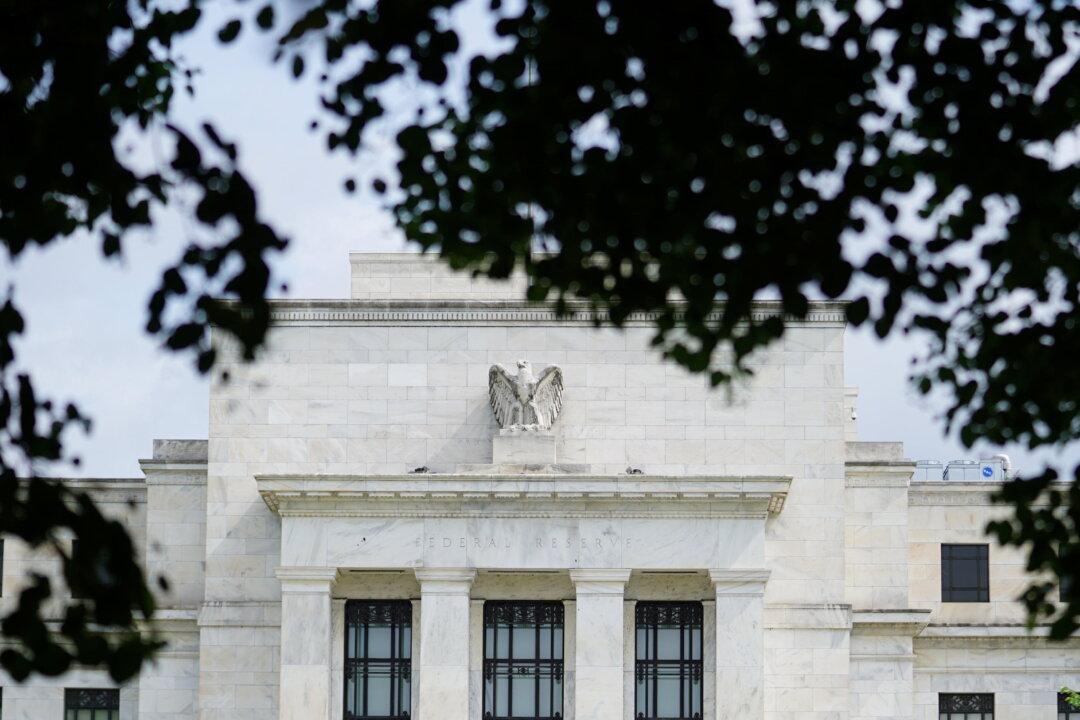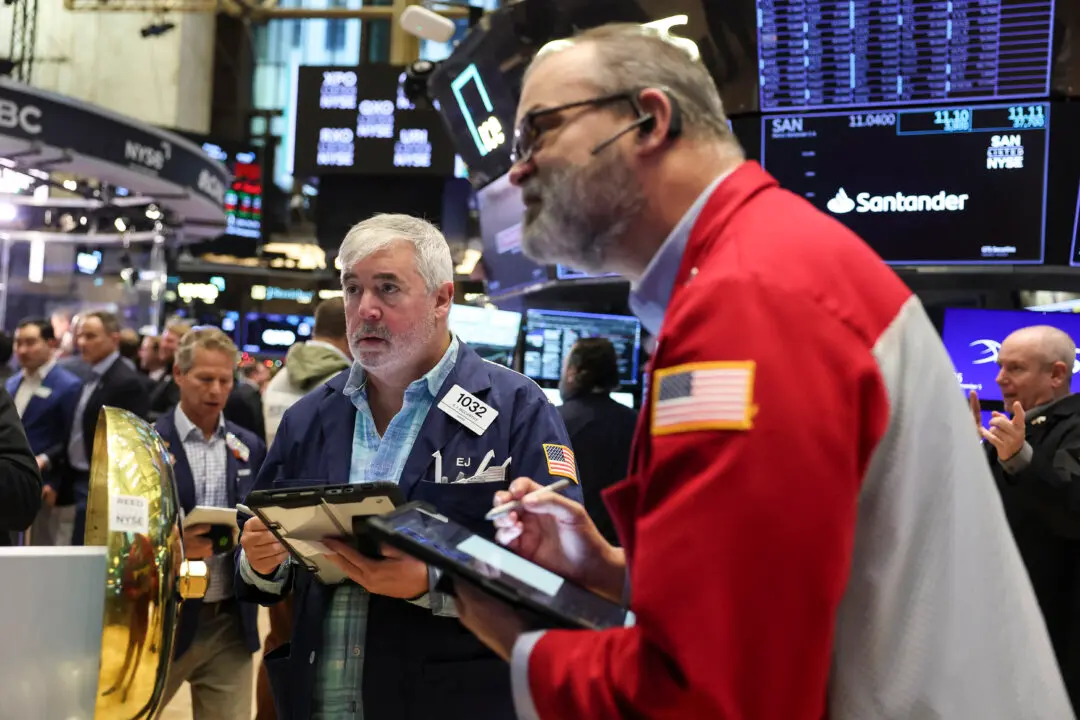Commentary
In a recent Bloomberg article, a group of economists voiced their fears that the Federal Reserve’s inflation fight may create an unnecessarily deep downturn. However, the Federal Reserve doesn’t create a downturn due to rate hikes; it creates the foundations for a crisis by unnecessarily lowering rates into negative territory and aggressively increasing its balance sheet.





